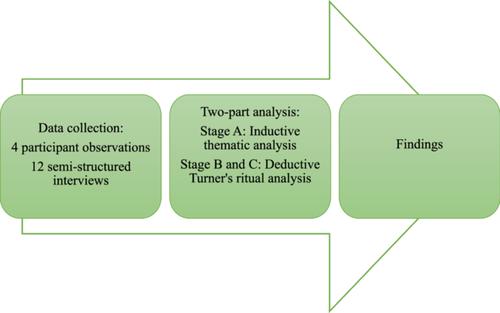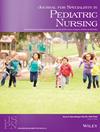Bridging the gap between healthcare sectors: Facilitating the transition from NICU to the municipality and home for families with premature infants
Abstract
Purpose
The transition from hospital to home can be challenging for parents of prematurely born infants. The aim of this ethnographic study was to describe a multidisciplinary and cross-sectoral discharge conference for families with premature infants transitioning from a neonatal intensive care unit to municipal healthcare services.
Design and Methods
An ethnographically/anthropologically inspired qualitative design was adopted. We conducted four participant observations of multidisciplinary and cross-sectoral discharge conferences and 12 semistructured interviews with four neonatologists, four nurses, and four health visitors who had attended one of the conferences. Salient themes were generated by two-part analysis consisting of a thematic analysis followed by Turner's ritual analysis.
Results
This study illustrated how multidisciplinary and cross-sectoral discharge conferences improved the quality of care for premature infants and their families in their transition process which was perceived as complex. These conferences contributed to promoting a sense of coherence and continuity of care. The healthcare professionals experienced that this event may be characterized as a ritual, which created structures that promoted cross-sectoral cooperation and communication while increasing interdisciplinary knowledge sharing. Thus, the conferences triggered a sense that the participants were building bridges to unite healthcare sectors, ensuring a holistic and coordinated approach to meet the unique needs of the infants and their families.
Implications for Practice
This study presented a unique holistic and family-centered approach to constructing multidisciplinary and cross-sectoral discharge conferences that seemed to underpin the quality of interdisciplinary and health-related knowledge sharing and establish a crucial starting point for early interventions, preventive measures, and health-promoting efforts. Hopefully, our findings will encourage others to rethink the discharge conference as a transitional ritual that may potentially bridge the gap between healthcare sectors. Specifically, our findings contribute to the mounting body of knowledge of family-centered care by showing how healthcare professionals may—in a meaningful and tangible manner—operate, develop, and implement this somewhat elusive theoretical foundation in their clinical practice.


 求助内容:
求助内容: 应助结果提醒方式:
应助结果提醒方式:


